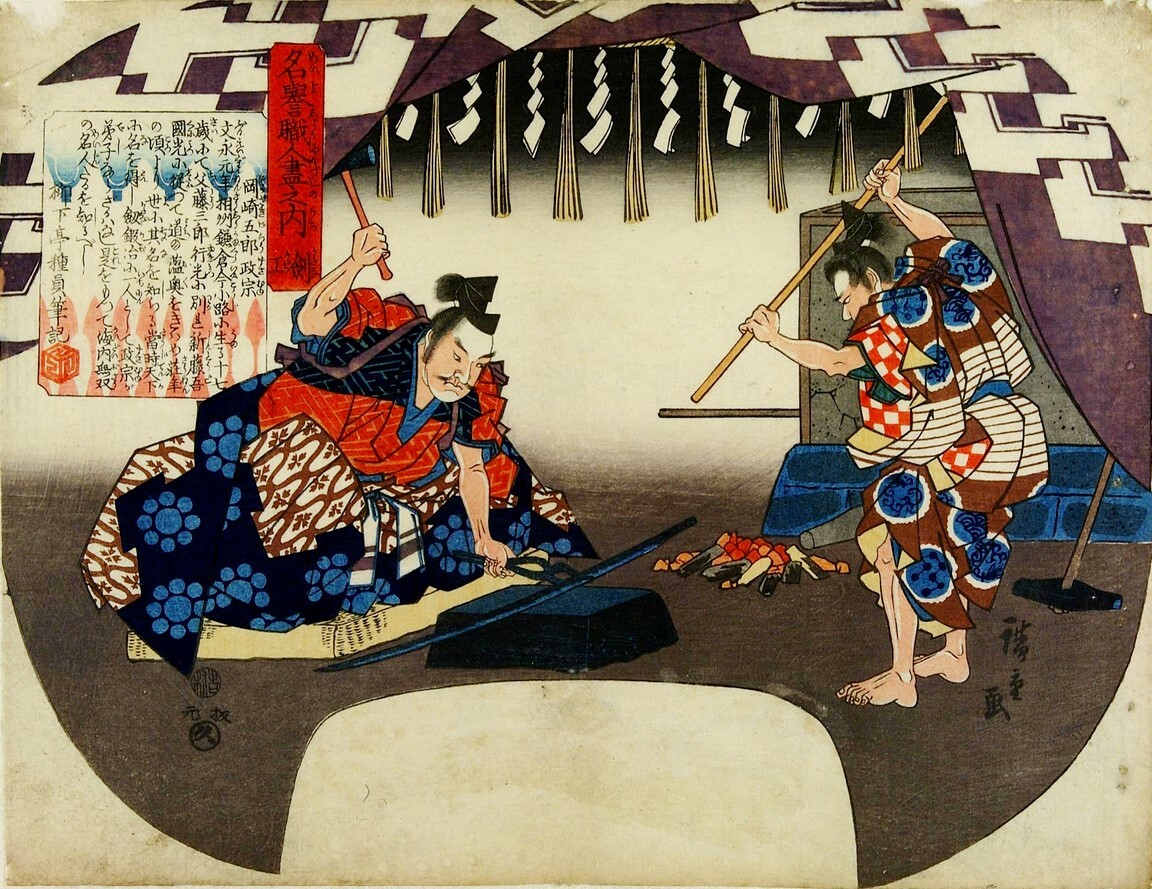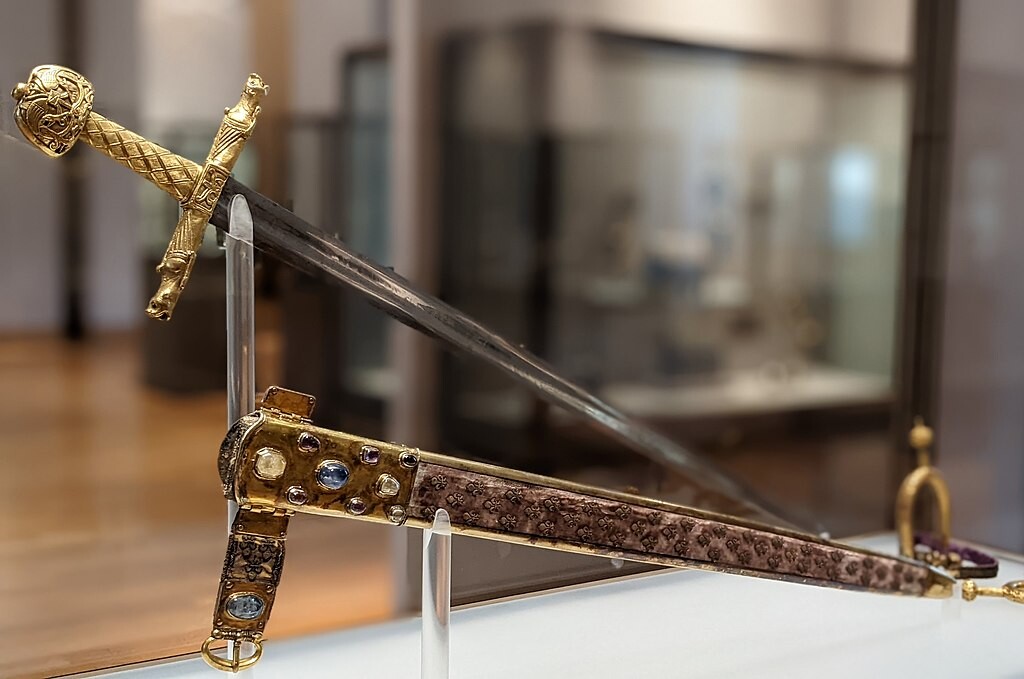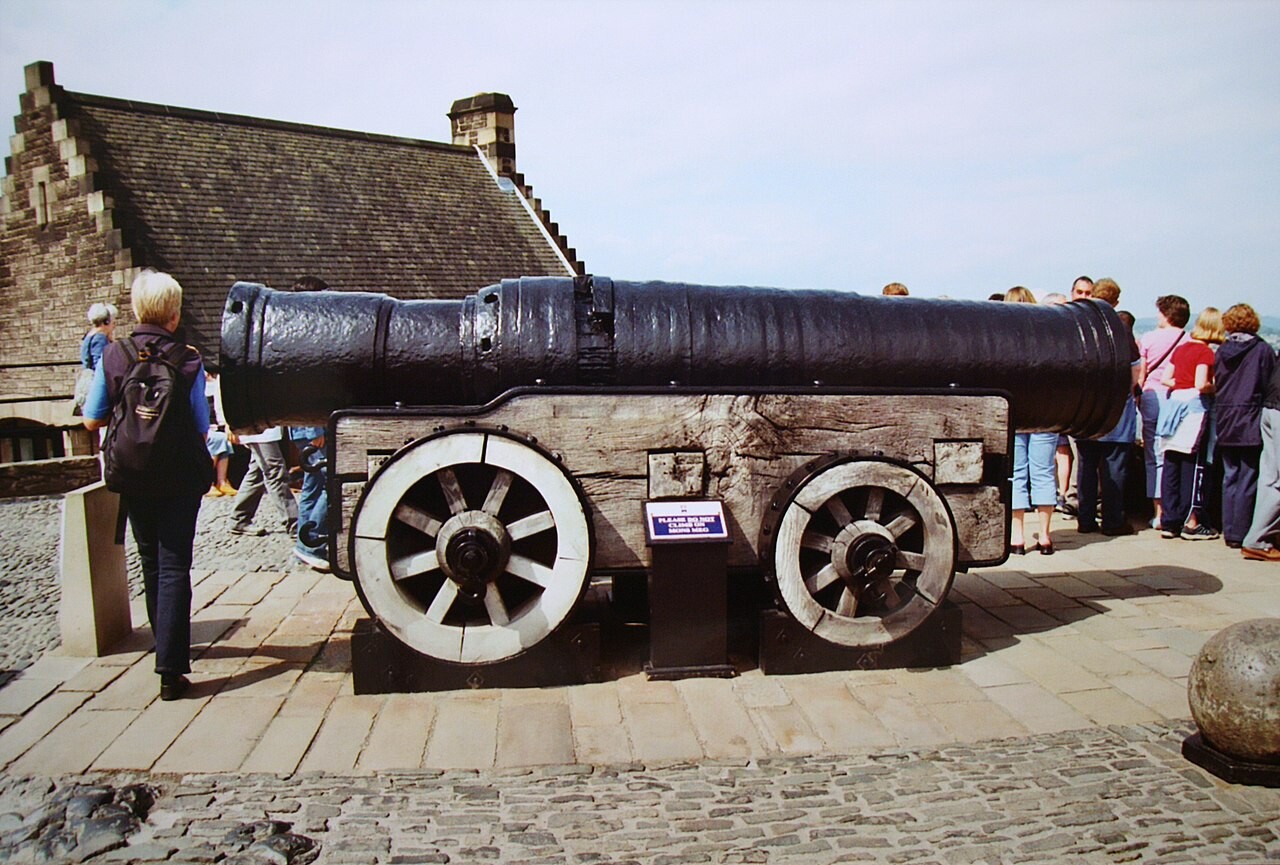5 Brutal Weapons With Real-Life Historical Legacies

When a tool is the only thing standing between you and a particularly unpleasant death, it’s not surprising that it can become an important item to you. It had also better be a tool that you deeply trust, and one that you’re familiar with all the ins-and-outs of. This is why, throughout history, some of humankind’s greatest warriors have had weapons that became known and feared in their own right. After all, you don’t want to ride into battle with just any old thing off the armory wall. That would be like competing in the Winter Olympics with rental skis, while also knowing you’ll be beheaded if you lose.
The greatest of weapons even earn their own names, better known than most people in the area. A sword or axe is already cool, but one with its own bit of personality and legend? It’s no surprise that named weapons are an iconic part of fiction as well as history. The introduction of such weapons can be remembered almost as fondly as the introduction of characters themselves, like Jon Snow’s acquisition of Longclaw or the naming of Oathkeeper by Brienne of Tarth, back before Game of Thrones was known mostly for a disastrous dismount.
Don't Miss
Back in the real world, here are five brutal weapons with actual historical legacies that rival the force and mayhem they can wield…
Honjo Masamune

Of course there’s going to be a katana on this list. Look, katanas are cool. I know it's hard to separate them from the greasiest kid at your middle school doing Naruto hand signs during lunch, but they got to this point because they do, in fact, kick ass. I don’t think there’s many people alive who wouldn’t revert to a certain level of giddy childlike glee if given the chance to slice a couple water bottles/melons in twain. There’s a reason replica katanas are still a hot item among history buffs, giant nerds and small-time drug dealers.
Back when katanas were a genuine fighting weapon and not a single man's wall decoration, you had to visit a swordsmith to get one, and the very best came from Goro Masamune. Though Masamune was a real man, his legacy and his swords have taken on a mythical quality, making cameos in games like Final Fantasy. One of his greatest works was the Honjo Masamune, named for its wielder, Honjo Shigenaga. It eventually left Honjo’s hands during hard times, and finally ended up as a prized family heirloom of the Tokugawa Shogunate, until disappearing, along with numerous pieces of art, after World War II. The sword is thought to have been brought back to America by a soldier, but it has never been identified, made harder by the fact that Masamune, ever humble, was known not to sign his work.
The Sword of Goujian

The simple slender steel of a katana can make them seem entirely too beautiful for a weapon meant to separate artery contents from their owner. An ancient weapon found in China, however, looks a lot more like something a demon might swing. Twenty-two inches long and over three inches wide at the hilt, it may not be a hulking presence like a Scottish claymore, but you only need one look to know this sword isn’t a mere soldier’s piece.
The sword was uncovered in 1965 during the exploration of an ancient tomb. Even that is undeniably awesome. The copper blade, decorated with patterns and inscribed “King of Yue Made This Sword for Personal Use,” is estimated to be around 2,500 years old, and according to the archaeologists, was still sharp enough to draw blood when it was unsheathed. Historians believe the sword belonged to King Goujian, who ruled between 496 and 465 B.C.
Joyeuse

Moving to the Western world, we still find some incredible swords, with tales to match. Among the most well-known is Joyeuse, which you can see today on display in the Louvre. For a real-life sword, it’s been ascribed all sorts of supernatural characteristics: According to different tales, it shined so bright in battle that it could blind enemies, it protected its caretaker from poison and was said to “change color 30 times a day.” Obviously, this is likely poetic embellishment, but still, there’s not many genuine swords that have what sounds like a list of perks straight from an MMORPG.
Unsurprisingly, Joyeuse’s keeper holds his own prominent place in the history of the world: Charlamagne. The King of the Franks and the first Emperor of the Romans united much of Europe with Joyeuse hanging from his side. After Charlamagne’s death, Joyeuse resurfaced and was used in the coronation of future Kings of France, while being kept guard in a monastery before being moved to where it lies now in the Louvre.
Tick-Licker

Now, let’s take a massive jump into the future of weapons technology. The next weapon is a .29 caliber Pennsylvania Long Rifle owned by famous frontiersman Daniel Boone, who gave it the name “Tick-Licker.” It’s fitting that we’ve been traveling West through these entries, as that was exactly what Boone was famous for. He traversed much of the unsettled land in North America, aided by this trusty gun. The name “Tick-Licker” came from his own claim that he could shoot a tick off an animal without hurting it, one that wasn’t particularly challenged due to his marksmanship skills with this beloved rifle. Another point in the brutal column: Based on the amount of Native American blood spilled with this thing, it's almost definitely haunted as shit, wherever it is.
Mons Meg

All the weapons up to this point share one thing in common: a singular owner, even if that owner changed throughout its lifetime. Last, though, we’ll look at a formidable weapon that developed its own identity free of any ownership at all, impressive in its own right. It was wielded, as much as that word can truly apply, by the Scots starting in the 15th century. The weapon in question also demands respect on account of it being a giant fucking cannon. Meg, as she’s known, picked up the first part of her name from Mons in Belgium, where she was manufactured around 1449.
When manufactured, and still today, Mons Meg is one of the largest cannons by caliber in the world. She’s a 15,000-pound beast of a war machine that could fire 30-inch wide, 330-pound payloads up to two miles. As you can imagine, this was the end of the line for any human, animal and most walls she was aimed at. King James II, after receiving Meg as a wedding gift, couldn’t wait to put her to use, even though it was no easy feat to transport such a monster: Teams of oxen could pull the cannon only a few miles a day. Regardless, Mons Meg debuted at the siege of Roxburgh Castle, and was used in a couple other castle sieges throughout history until being decommissioned and eventually displayed where she sits today at Edinburgh Castle.